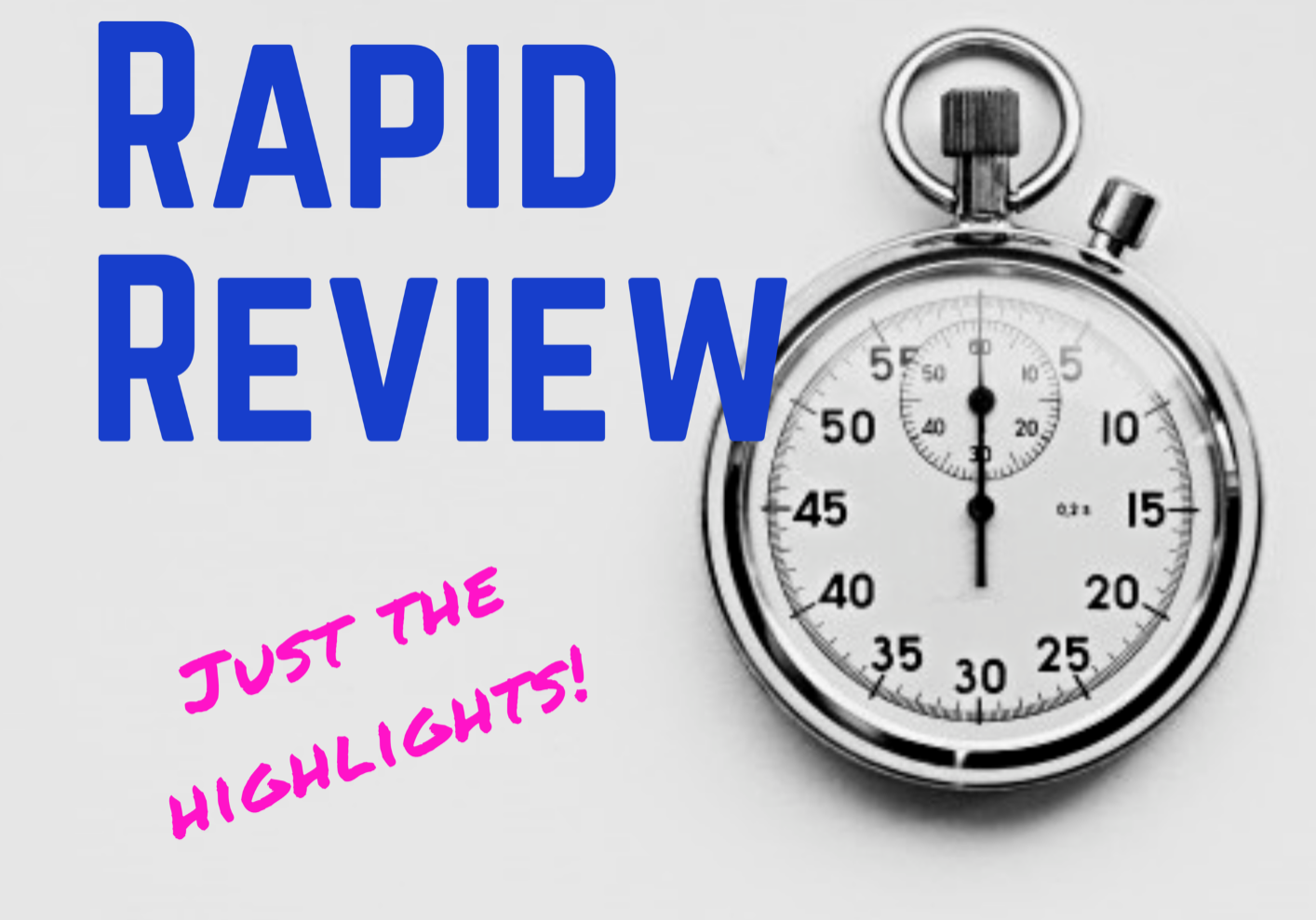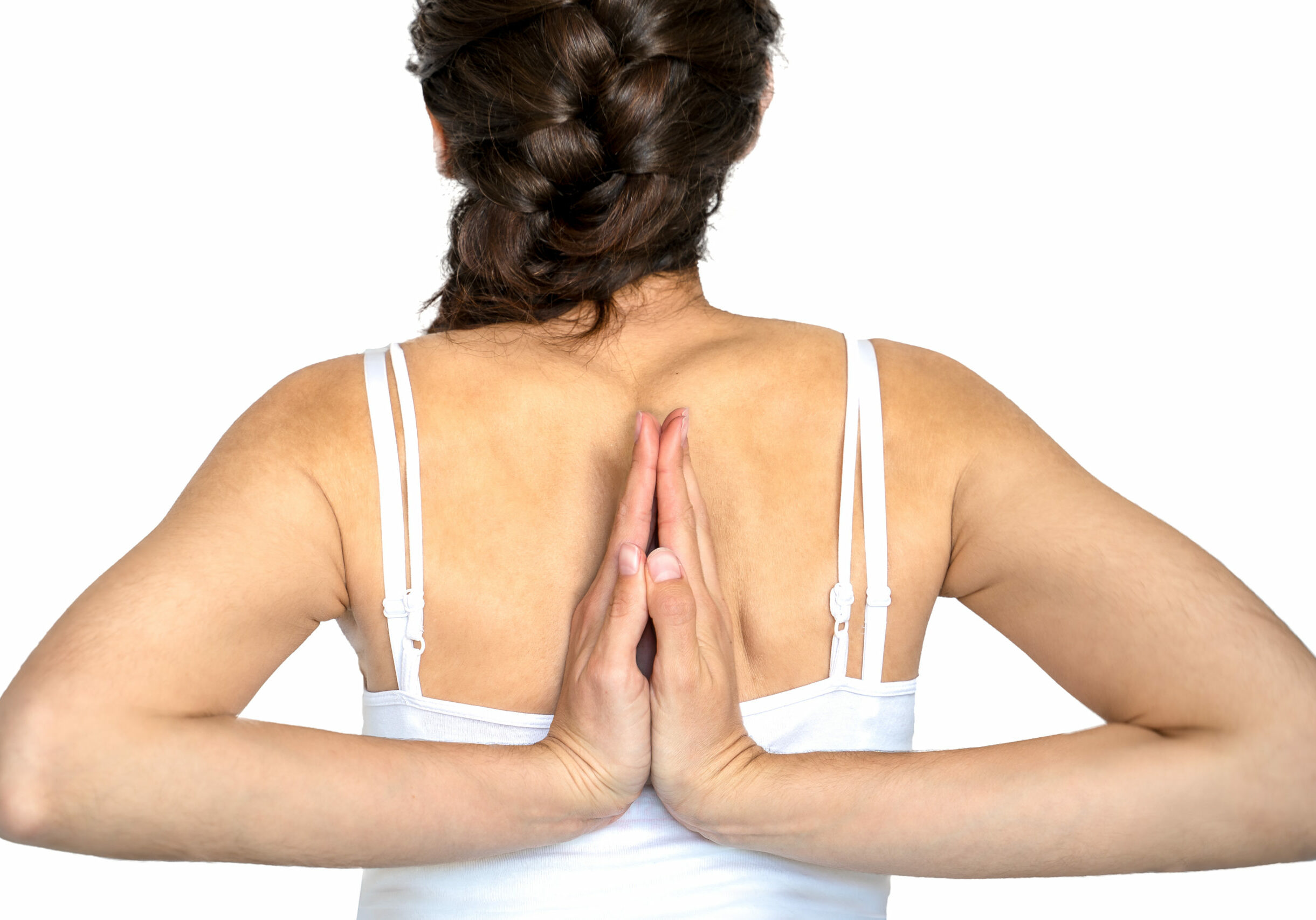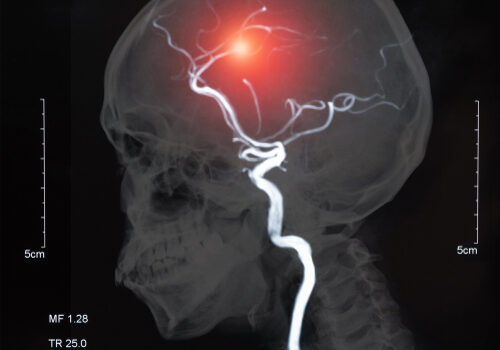Sensory interventions on motor function, activities of daily living, and spasticity of the upper limb in people with stroke: A randomized clinical trial.
Filed under Treatments, Uncategorized
Maryam, D., Parvin, R., Hossein, B., Jalili, M. & Hosein, T. (2020). Sensory interventions on motor function, activities of daily living, and spasticity of the upper limb in people with stroke: A randomised clinical trial. Journal of Hand Therapy, Jun 18;S0894-1130(20)30076-4. doi: 10.1016/j.jht.2020.03.028. Online ahead of print.
The Skinny:
- Stroke is the second cause of death, leading to sensory impairments and motor problems.
- The purpose of this study was to determine if proprioceptive and exteroceptive stimulation would improve outcomes for spasticity and activities of daily living (sensory stimulation activities for stroke patients) compared to traditional therapy in chronic stroke patients (hand therapy for stroke patients).
- Participants were randomly assigned to two groups
Intervention (Group 1):
- Exteroceptive exercises Included: Facilitatory or inhibitory techniques, fast brushing, stretch pressure, icing,
- Proprioceptive Stimulation: Weight-bearing, heavy joint compression, and stretch pressure
- Traditional therapy
Control (Group 2) :
- Traditional therapy
In the Weeds:
- A single-blinded clinical trial comparing the effect of exteroceptive and proprioceptive stimulations in people who have suffered from a stroke. Sixty patients who were are least 6 months post-stroke were divided into two groups intervention (group one) and control (group 2).
- Patients attend therapy 4 days per week for 45-minute sessions for 6 weeks.
- Outcome measures included the Modified Ashworth Scale, Fugl-Meyer assessment of Motor Recovery after Stroke, and Barthel Index. These were completed pre and post-study.
Bringing It Home:
- Patients in the intervention group showed improvements in motor function, activities of daily living, and improvement in spasticity compared to the control group. Adding proprioception and exteroceptive stimulation can improve motor function and ADLs even in chronic stroke patients. These can be added to your traditional therapy regimes.
Rating:
- 4/5
- Limitations: The article did not give a definition of traditional therapy. The sample size is fairly small in number. Long-term follow-up is unknown which would be helpful in determining if the interventions improved long terns outcomes.
More To Read
Carpal Tunnel Treatment: Splinting Only vs Splinting & Conservative Treatment
Short-term clinical outcome of orthosis alone vs combination of orthosis, nerve, and tendon gliding exercises and ultrasound therapy for treatment of carpal tunnel syndrome. Sim, Sze En et al. Journal of Hand Therapy, Volume 32, Issue 4, 411 – 416 The Skinny- Carpal tunnel syndrome (CTS) is the most common compression neuropathy. Compression of the…
Read MoreEDS and Hand Therapy
The Amazing Zebras—No Two Zebras Are Alike Ehlers-Danlos Syndrome: A Unique Condition By: Brittany Carrie Zebras are a unique species in that they are a horse-like creature comprised of beautiful black and white stripes. These stripes, which still remain a mystery on their said purpose, are unique in their own way as no two zebras…
Read MoreVideo-augmented mirror therapy for upper extremity rehabilitation after stroke
Kim, H., Kim, J., Jo, S., Lee, K., Kim, J., & Song, C. (2023). Video augmented mirror therapy for upper extremity rehabilitation after stroke: a randomized controlled trial. Journal of Neurology, 270(2), 831-842. Article Review: Shannon Skowbo The Skinny: This single-blind, randomized control trial aimed to assess the effects of mirror therapy for stroke patients…
Read MoreSign-up to Get Updates Straight to Your Inbox!
Sign up with us and we will send you regular blog posts on everything hand therapy, notices every time we upload new videos and tutorials, along with handout, protocols, and other useful information.





